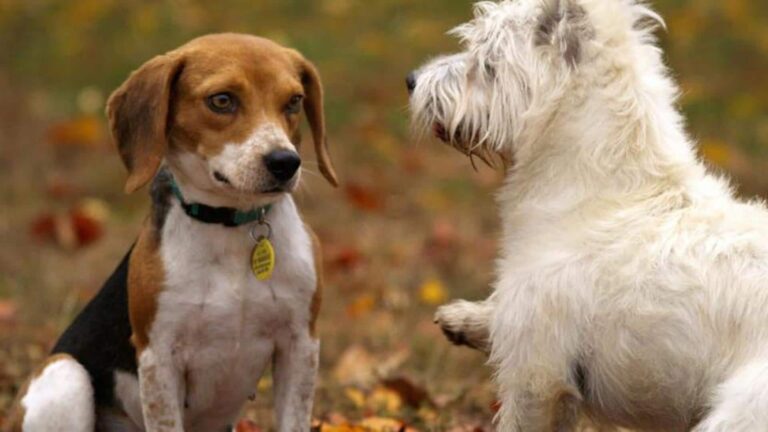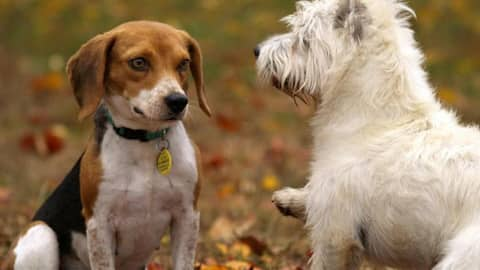What are you talking about
As summer approaches, it's important to take proactive steps to ensure the safety and health of your beloved pets.
Rising temperatures and humidity can create uncomfortable and difficult conditions, especially in areas prone to power outages caused by summer storms.
However, you can keep everyone cool and safe during a heat wave by implementing a few simple strategies.
Do not leave pets in parked cars
Never leave your pet in a parked car, even for short periods of time, even with the air conditioning turned on.
Within minutes, temperatures can rise to dangerous levels, and a 29 degree day can reach 40 degrees in just 10 minutes.
Such conditions can cause irreversible health damage to your pet.
Learn intervention techniques or seek help immediately if you encounter your pet trapped in a hot car.
Limit exercise on hot days
Be careful when exercising your pet, adjusting the intensity and time to suit the temperature.
On hot days, limit your activity to cooler times, such as early morning or evening.
Be especially careful with pets that have white ears or short-nosed pets that tend to have difficulty breathing.
Choose a grassy surface rather than hot asphalt to avoid burning your feet. Keep water on hand to prevent dehydration.
Proper hydration and sun protection
Make sure that clean, fresh water is readily available at all times.
During heat waves, add ice to your water if possible.
Give your pet some shade by choosing a shade tree or tarp that promotes air circulation.
Avoid using a kennel as it traps heat and worsens discomfort.
By taking these measures, you can keep your pet cool and protected from the heat of the sun.
Pet heatstroke risk
Extreme temperatures can put your pet at risk for heat stroke, which can cause symptoms such as heavy panting, glaring eyes, increased heart rate, and difficulty breathing.
Additionally, animals are at increased risk, especially older, younger, and overweight animals.
Short-muzzled dog breeds such as Boxers, Pugs, and Shih Tzus face breathing difficulties in extreme heat.
Vigilance and quick action are key to preventing heat stroke in your pet.
First aid for heatstroke in pets
Move your pet to a shaded or air-conditioned area.
Apply ice packs, cold towels, or gently run cold water over your head, neck, and chest.
Give a small amount of cold water or ice to drink.
Use pet cooling products such as cooling mats to help regulate your pet's body temperature. Immediate veterinary attention is essential.
grooming
Regular grooming is very important for pets, especially during the warmer months.
Brushing removes loose hair, prevents matting, and increases airflow near the skin.
If you have a long-haired pet, consider trimming it to keep it cool.
However, avoid shaving all the way to the skin, as the fur insulates from both heat and cold.
Proper grooming ensures your pet's comfort and health throughout the changing seasons.



